Everything you need to know about bonsai
Bonsai is the art of cultivating small trees or shrubs in containers. The word “bonsai” comes from the Japanese words “bon,” meaning tray or pot, and “sai,” meaning tree. Bonsai trees are carefully pruned and shaped to create miniature representations of full-sized trees found in nature.

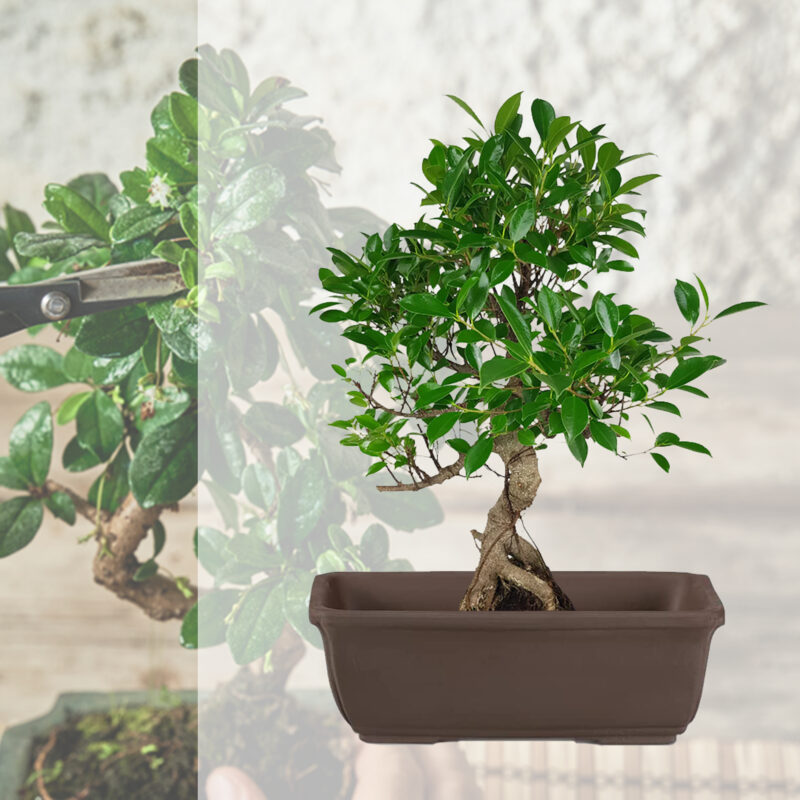
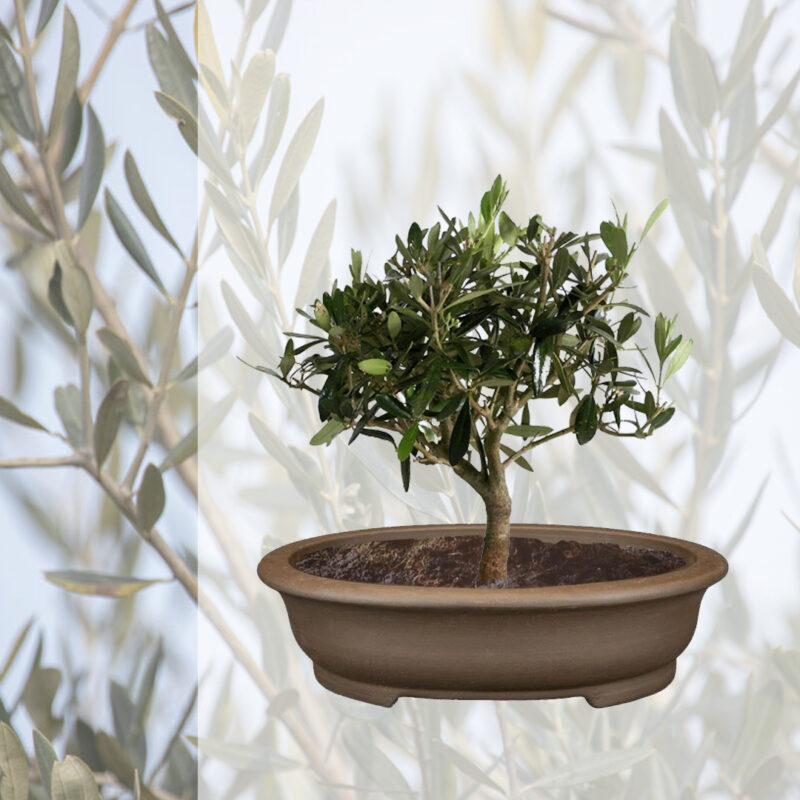
The practice of bonsai originated in China over a thousand years ago and was later adopted and refined by the Japanese. Bonsai involves a combination of horticultural techniques, artistic design principles, and patience. The goal is to create a visually appealing tree that reflects the harmony and balance found in nature.
Bonsai trees are typically grown in shallow pots and require special care to ensure their health and vitality. This includes regular watering, appropriate fertilization, careful pruning, and attention to the tree’s overall health. Bonsai enthusiasts often spend years or even decades shaping and refining their trees, aiming to create a sense of age and maturity.
There are various styles and techniques used in bonsai cultivation, such as formal upright, informal upright, slanting, cascade, semi-cascade, and others. Different tree species are used for bonsai, including both deciduous and evergreen trees. Common tree species used for bonsai include pine, maple, juniper, elm, and ficus, among others.
Bonsai is not only a horticultural practice but also an art form and a way of connecting with nature. It requires patience, attention to detail, and an understanding of the tree’s growth patterns and needs. Bonsai trees can be displayed indoors or outdoors, depending on the species and the climate.
Bonsai has gained popularity worldwide, and there are bonsai clubs, exhibitions, and competitions where enthusiasts can share their knowledge and showcase their creations. It is a rewarding and contemplative hobby that allows people to create living works of art in miniature form.
Different types of pots
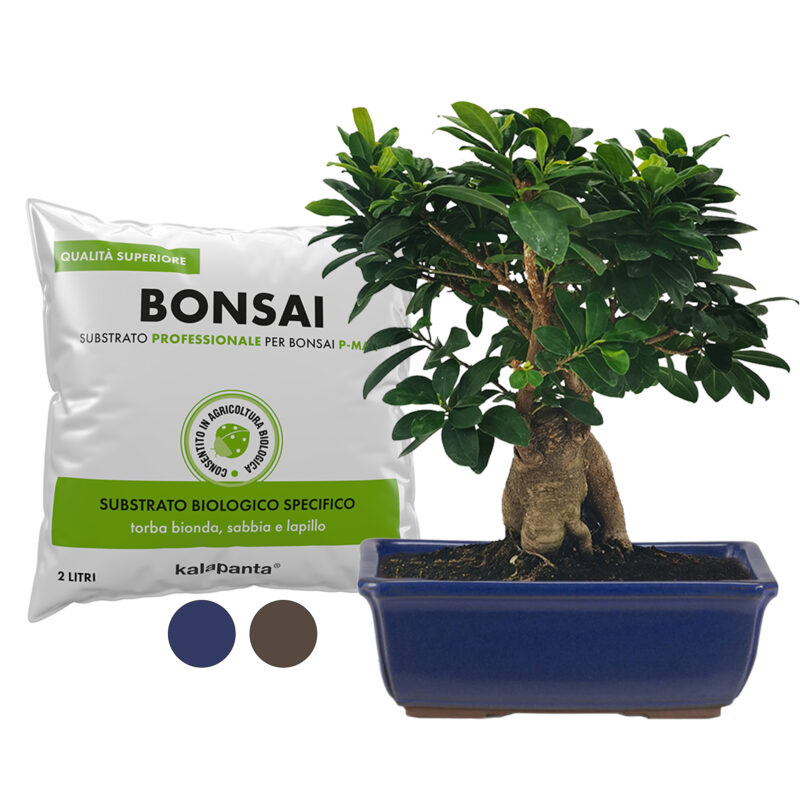
Rectangular pot – View more HERE
- Size: 18 x 14 x 6 cm.
- Vase with two drainage holes
- The pot is suitable for the following bonsai trees: informal upright (moyogi); double trunk (sokan); formal upright (chokkan); windswept (fukinagashi); semi-waterfall (han-kengai); sloping (chu-shakan).
- Due to its shape and size, this pot is also suitable for succulents.
- Kalapanta specific substrate for bonsai, promotes oxygen circulation while ensuring proper water retention. Find out more details here.
- Size: 25 x 19 x 8 cm.
- Vase with two drainage holes
- The pot is suitable for the following bonsai trees: exposed roots (negari), informal upright (moyogi), double trunk (sokan), windswept (fukinagashi), sloping (chu-shakan), stump (ikada), twisted trunk (bankan).
- Due to its shape and size, this pot is also suitable for succulents.
- Kalapanta specific substrate for bonsai, promotes oxygen circulation while ensuring proper water retention. Find out more details here.
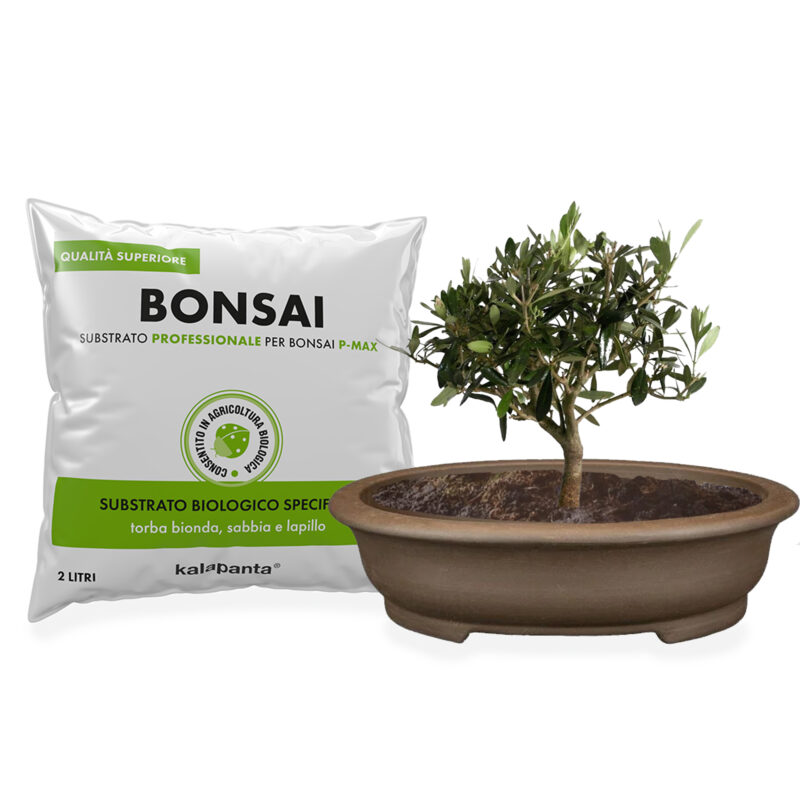
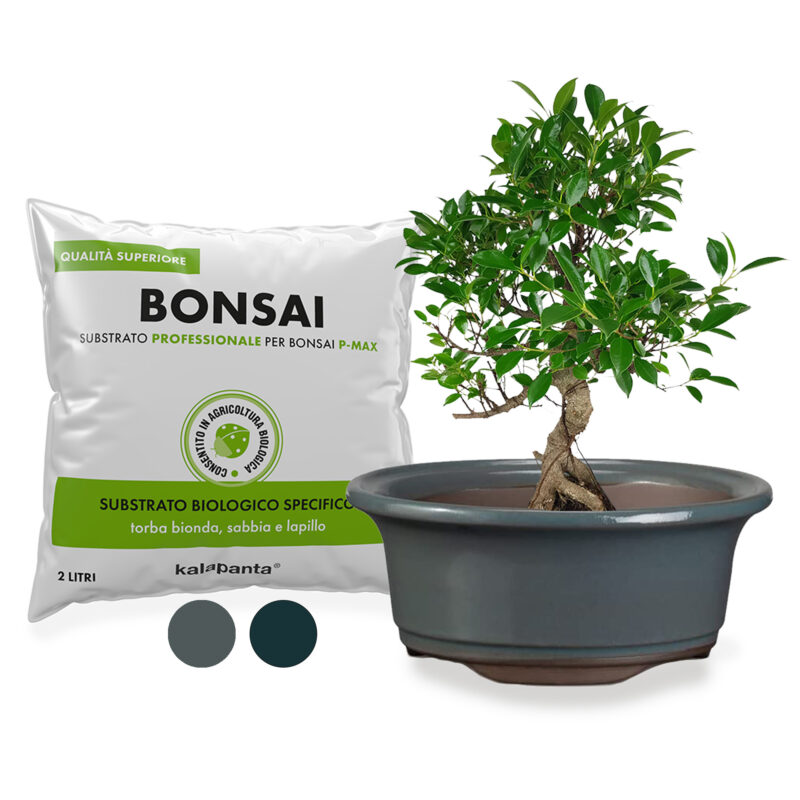
- Size: 15 x 15 x 6 cm
- Vase with one drainage hole
- The pot is suitable for the following bonsai trees: upturned broom (hokidachi), informal upright (moyogi), double trunk (sokan), littered (bunjingi), windswept (fukinagashi), leaning (chu-shakan), twisted trunk (bankan).
- Due to its shape and size, this pot is also suitable for succulents.
- Kalapanta specific substrate for bonsai, promotes oxygen circulation while ensuring proper water retention. Find out more details here


 Italiano
Italiano